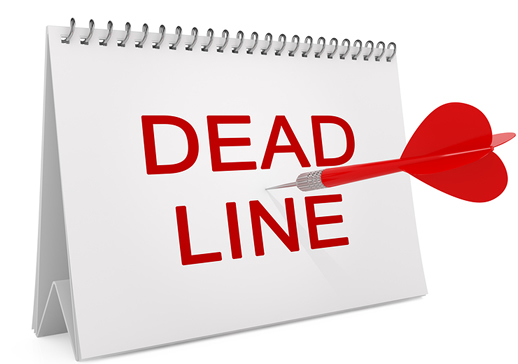Analysing an FDA-approved drug
Recommend one FDA-approved drug, one off-label drug, and one nonpharmacological intervention for treating your assigned disorder in children and adolescents.
Explain the risk assessment you would use to inform your treatment decision making. What are the risks and benefits of the FDA-approved medicine? What are the risks and benefits of the off-label drug?
Explain whether clinical practice guidelines exist for this disorder and, if so, use them to justify your recommendations. If not, explain what information you would need to take into consideration.
Support your reasoning with at least three scholarly resources, one each on the FDA-approved drug, the off-label, and a non-medication intervention for the disorder.
Sample Answer
Assigned Disorder: ADHD
FDA-Approved Drug: Methylphenidate (MPH)
Off-Label Drug: Guanfacine
Nonpharmacological Intervention: Cognitive-behavioral therapy (CBT)
Risk Assessment
When deciding on a treatment plan for a child or adolescent with ADHD, it is important to consider the following factors:
- The severity of the child’s symptoms
- The child’s age and weight
- The child’s medical history
- The child’s response to previous treatments
- The child’s family’s preferences

 Our orders are delivered strictly on time without delay
Our orders are delivered strictly on time without delay  Our orders are delivered strictly on time without delay
Our orders are delivered strictly on time without delay 


